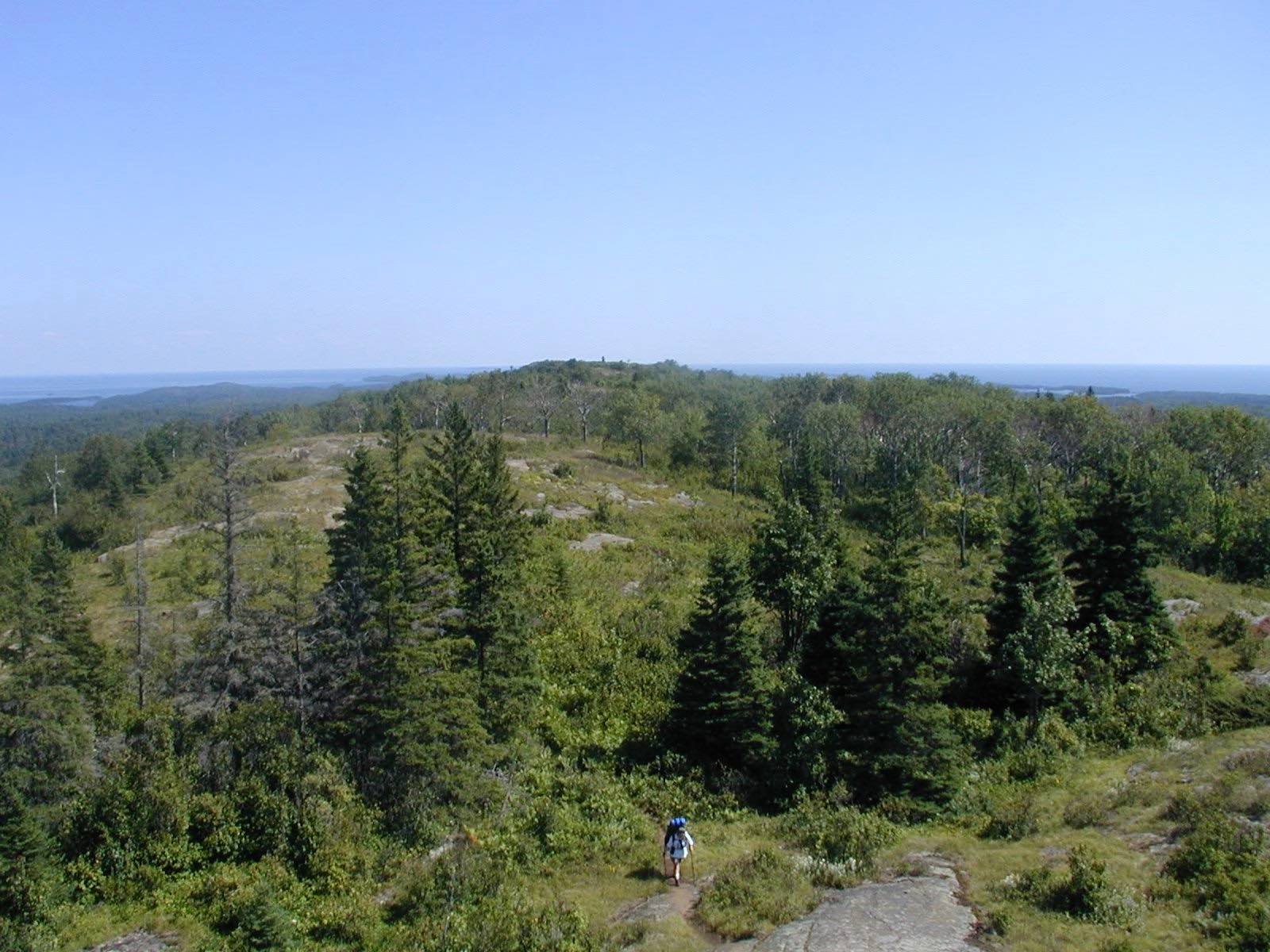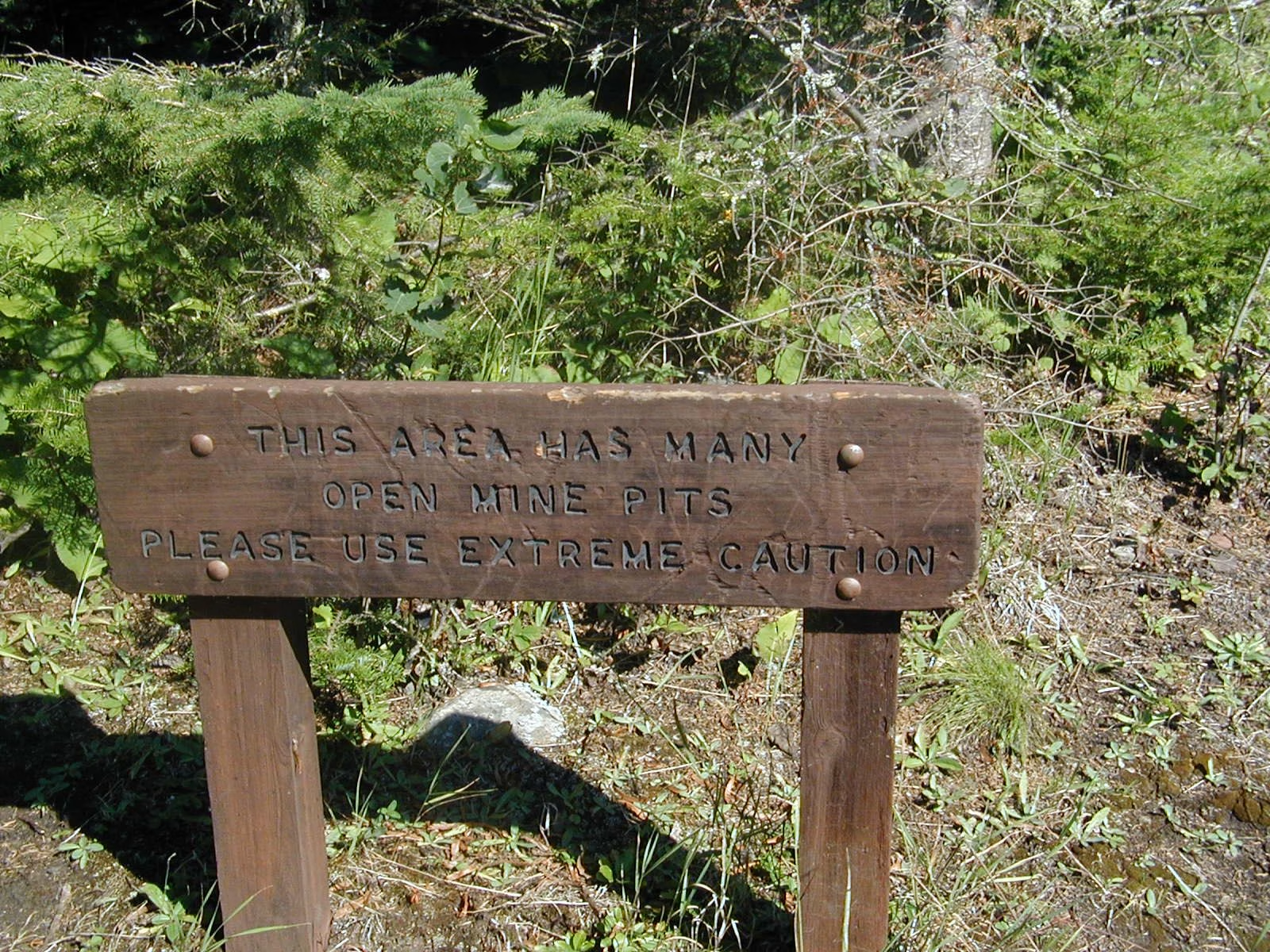A chilling discovery at South Lake Desor Campground adds to Isle Royale’s long history of isolation and tragedy.
Photo: Photo of South Lake Desor by daveynin, via Flickr, used under CC BY 2.0.
By all accounts, it began with the slamming of a latrine door.
Then came the screams. Not brief, not accidental, but drawn out and relentless, according to Redditor u/redblackrider, who posted their June 6, 2025, experience on the r/isleroyale subreddit. Repetitive threats of self-harm and violence rang out through the still air of Isle Royale’s South Lake Desor Campground on that night. The disturbance was chilling enough to abandon camp. They packed up in the dark and hiked through the forest by headlamp, seeking safety and, eventually, cell service.
From a high point along the trail, a 911 call was placed. The caller described terrifying sounds echoing from the direction of the group sites, enough to make experienced hikers feel unsafe. What they didn’t know then was that the screams would soon be linked to a tragedy that would draw the attention of the FBI.
Two days later, on June 8, the National Park Service received two separate emergency calls reporting the same grim discovery of two bodies at a remote campsite within Isle Royale National Park. Rangers hiked 11 miles overnight to South Lake Desor. The site has no cell signal, no facilities, and no escape other than the path you hiked in on. And when they arrived, the mystery deepened.

A Remote, Relentless Wilderness
Set in the frigid waters of Lake Superior, Isle Royale is a place of extraordinary beauty and unforgiving solitude. The main island stretches about 45 miles long and 9 miles wide, accessible only by boat or seaplane. There are no roads, no vehicles, no Wi-Fi. What you carry in, you carry out. The remote island is one of the least visited national parks, and for much of the year, the park is closed entirely due to winter conditions.
South Lake Desor, where the bodies were found, is no exception. Tucked inland along the rugged Greenstone Ridge Trail, it’s only reachable on foot. Campers haul their gear across steep and rocky terrain to access basic shelters near a remote lake. The campground has no rangers on site, no running water, and no emergency stations.
Rangers describe the location as isolated and challenging to reach, with variable terrain on rocky and rugged trails, overgrown and wet.
A Frightening Discovery
Responding to the twin 911 calls, park rangers arrived at the scene on June 9 and launched an investigation. Given the disturbing nature of the situation, the National Park Service Investigative Services Branch called in the FBI. The victims were quickly identified, but their names have not been released. According to Dr. Michael McAllister, Keweenaw County’s medical examiner, the deaths are being investigated as a suspected murder-suicide. McAllister told MLive the two deceased appeared to be father and son, though it remains unclear who died first.
Because of the campground’s inaccessibility, the bodies had to be extracted by aircraft.

Questions With No Answers
Details remain scarce. The FBI has confirmed the identities but withheld them publicly, citing concerns that disclosure might hinder the ongoing investigation. Even basic records are being shielded. According to GearJunkie, The Keweenaw County Clerk has denied FOIA requests, stating the county does not have autopsy results or related documents. The death certificates were reportedly completed on June 24, but the cause and manner of death are still pending.
A Legacy of Danger
Isle Royale has a history of life-threatening danger. Before it was a national park, Isle Royale experienced a short copper boom in the 19th century. Mining on Isle Royale during the 1800s was fraught with danger, and although specific records of individual deaths are scarce, historical accounts confirm that fatalities did occur. The remote location, harsh conditions, and lack of medical care made even minor injuries potentially life-threatening. Drownings, mining accidents, and untreated illnesses were common hazards. Diaries from the era, such as that of miner C. G. Shaw, describe severe accidents and illnesses, underscoring the daily risks. The most active operations, the Minong and Island Mines, operated primarily in the 1870s and early 1880s, and while short-lived, exposed workers to the same life-threatening conditions common in 19th-century mining across the country.
The land isn’t the only danger. Several shipwrecks around Isle Royale have resulted in loss of life, underscoring the region’s long history of maritime hazards. The SS Emperor sank in 1947 after striking Canoe Rocks, killing 12 crew members; it remains a popular but dangerous dive site, where a diver died as recently as July 2024. The SS Monarch ran aground during a winter storm in 1906, resulting in one fatality amid rescue efforts. The SS Cumberland sank in 1877 with historical accounts indicating fatalities, though exact numbers vary. The SS Algoma broke apart in 1885, leading to a significant loss of life, some of which occurred near Isle Royale. These wrecks, along with others like the Kamloops, where a diver died in 2013, illustrate the dangers of both Lake Superior’s treacherous waters and its deep, remote dive sites.
Cemetery Island, a small isle within the Isle Royale archipelago, offers a somber glimpse into the island’s early history. Believed to date back to the 1850s, the island holds several historic graves, including two with reconstructed wooden markers. The identities of those buried remain uncertain, though they are thought to be either workers from the nearby Siskowit Mine or victims of the SS Algoma shipwreck in 1885. Accessible only by water and often visited by boaters exploring the Rock Harbor area, Cemetery Island is not a formal cemetery but a quiet historical site.

Isle Royale Deaths
While there is no single, regularly updated public record of all deaths on Isle Royale since it was designated a national park in 1940, several fatalities have been documented in recent years. In addition to the June 6 events, other reported incidents include a woman who died of a sudden medical emergency while hiking in August 2024, and a body that washed ashore in November 2024, later identified through DNA analysis, with no foul play suspected. Although the National Park Service issues incident reports, they are not always comprehensive. Given Isle Royale’s isolation and rugged terrain, fatalities from medical emergencies, accidents, and drownings can and do occur.






 8123 Main St Suite 200 Dexter, MI 48130
8123 Main St Suite 200 Dexter, MI 48130


